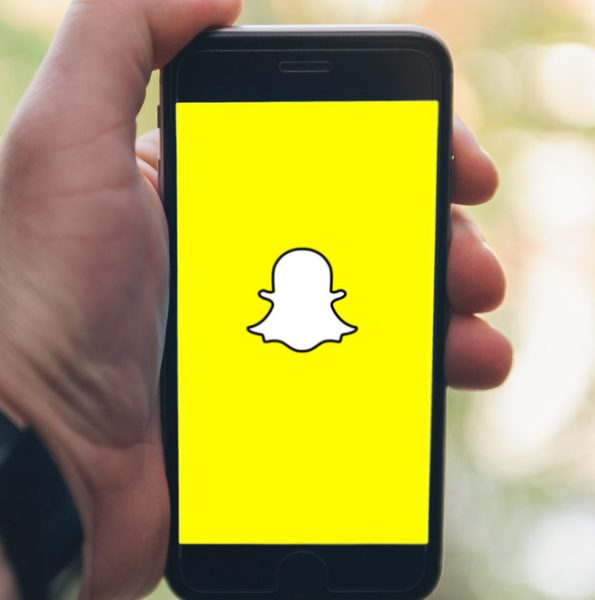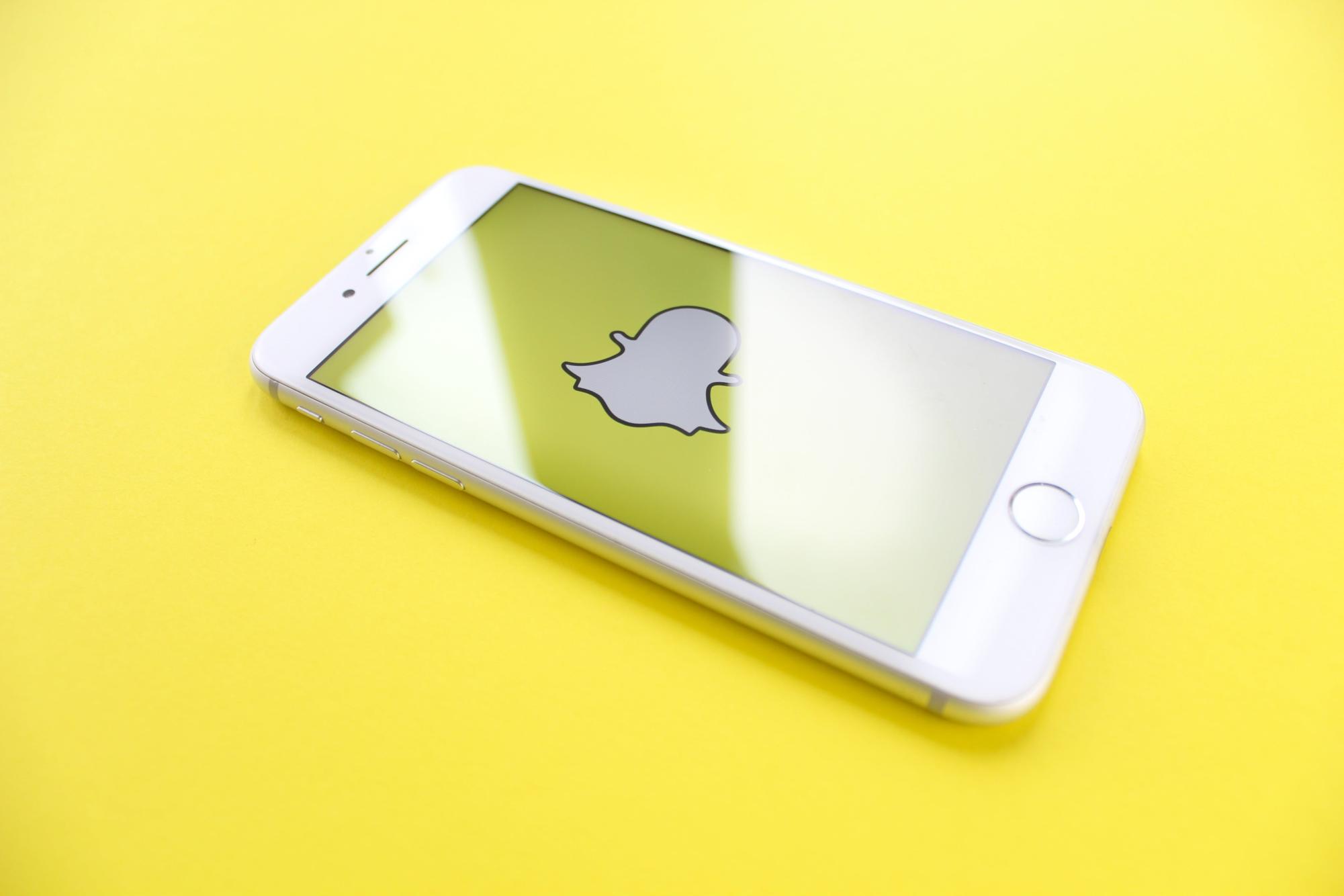
Snapchat has become the top social media source for teenagers all over the world but is destroying their mental health.
Snapchat has nearly 750 million monthly active users, the majority of whom are high school teens and college students. It is a social media app used to send pictures that are deleted after viewing unless screenshotted or saved.
Mental health has become a very prominent concern worldwide in the last couple of years. Social media apps continue to become more popular each year, which has been taking a toll on teenagers’ mental health.

Edited Photos
Snapchat is very image-focused, which can be difficult for teens struggling with self-esteem issues. Looking at carefully filtered pictures of other teens can also lead to body consciousness and eating disorders, fear of missing out, and bullying. This all comes at a time when teens are the most vulnerable to these feelings. Comparing yourself to others is very common for high school teens. A majority of posts that are made to social media are edited and fake to make themselves look better. This is negatively affecting teens’ mental health because it causes teens to set themselves at a standard that is almost impossible to achieve without editing. The dissatisfaction teens may feel can lead to anxiety, depression, eating disorders, and possibly even suicide.
Communication
Snapchat holds power over most teens and their communication. Snapchat’s location settings and the snap map allow you to see when others were last on the app. This can tell you if you are being ignored by others, which can cause teens stress. Teens also worry about being left on read, when someone views the photo you sent without sending one back. These may seem like silly and small things, but teens’ mental health is being deeply affected by this app.

FOMO
Social media in general is addicting and keeps young folks engaged for hours on end. Teens are locked into their screen, and as they scroll they learn what is going on in everyone’s life. Teens filter the photos and videos that they post to glorify how their life looks. Fear of missing out, FOMO, is a struggle Snapchat causes due to the story feature. This feature allows users to post anything on their story for all of their friends to see. This can cause teens to stress, worry, and feel jealous.
What can be done?
Limiting the use of Snapchat and social media can be very beneficial. Technology has taken over every aspect of our society and controls people to an extent that is hard to imagine. If you are someone who finds themselves constantly checking their social media, especially Snapchat, reducing your daily use or removing the app entirely is recommended. If you or someone you know is struggling, there is help out there. Whether this is reaching out, talking to a trusted adult, or counseling, there is always someone to be there for you if you’re struggling.
National Crisis Resource Helpline – Crisis Resources










